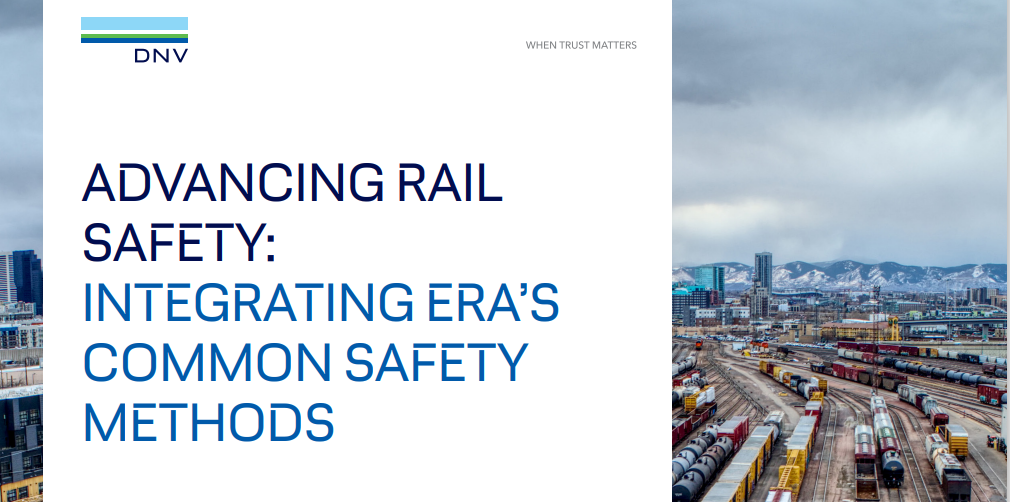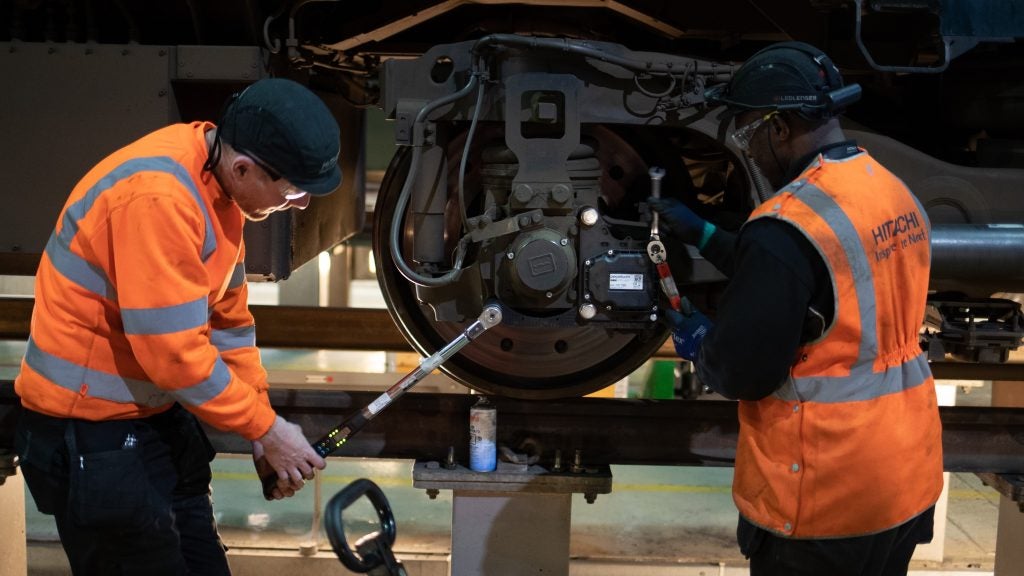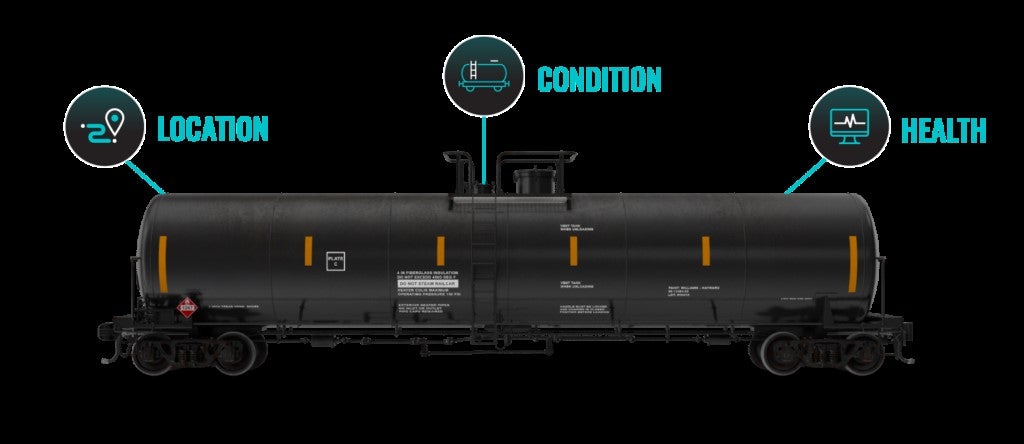European assurance and risk management provider DNV has published a report that sets out guidance for day-to-day rail operators for incorporating European Union Agency for Railways (ERA) guidelines and Common Safety Methods into workflows.
The ERA guidelines mean rail stakeholders will now be required to report more proactively and report on their management systems more thoroughly and in real time.
According to DNV’s CEO for supply chain and product assurance Geir Fuglerud, the rail sector has previously been “static” in its approach to safety. But under the new rules, this will have to change and failure to do so will lead to fines.
The report sets out the steps needed to improve efficiency across systems to make such reporting more viable.
“Historically, the railway industry implemented a static approach to railway safety, where the ERA extrapolated decentralized data from a wide range of stakeholders to get an overview of safety performance,” Fuglerud said.
“To be compliant, rail operators will now have to report systematically and proactively within their railway safety remit to demonstrate their railway safety picture more dynamically. Failure to do so could come at a great cost to operators. As such, railway operators are looking for support on enhancing their safety performance and operational efficiency.”
Jorge Aldegunde, DNV’s global technical manager for supply chain and product assurance explained what the firm was offering to clients in order to meet the new regime.
“Efficient, safe rail networks are critical to Europe’s vision of a connected, low-carbon future. By incorporating the ERA guidelines, rail systems can ensure robust risk management and safety performance. DNV’s advanced Synergi Life software, comprehensive safety assessments and expert advisory services support rail professionals in this effort, helping enhance compliance, streamline safety processes, and foster a proactive safety culture,” he said.
The report is available now here.











